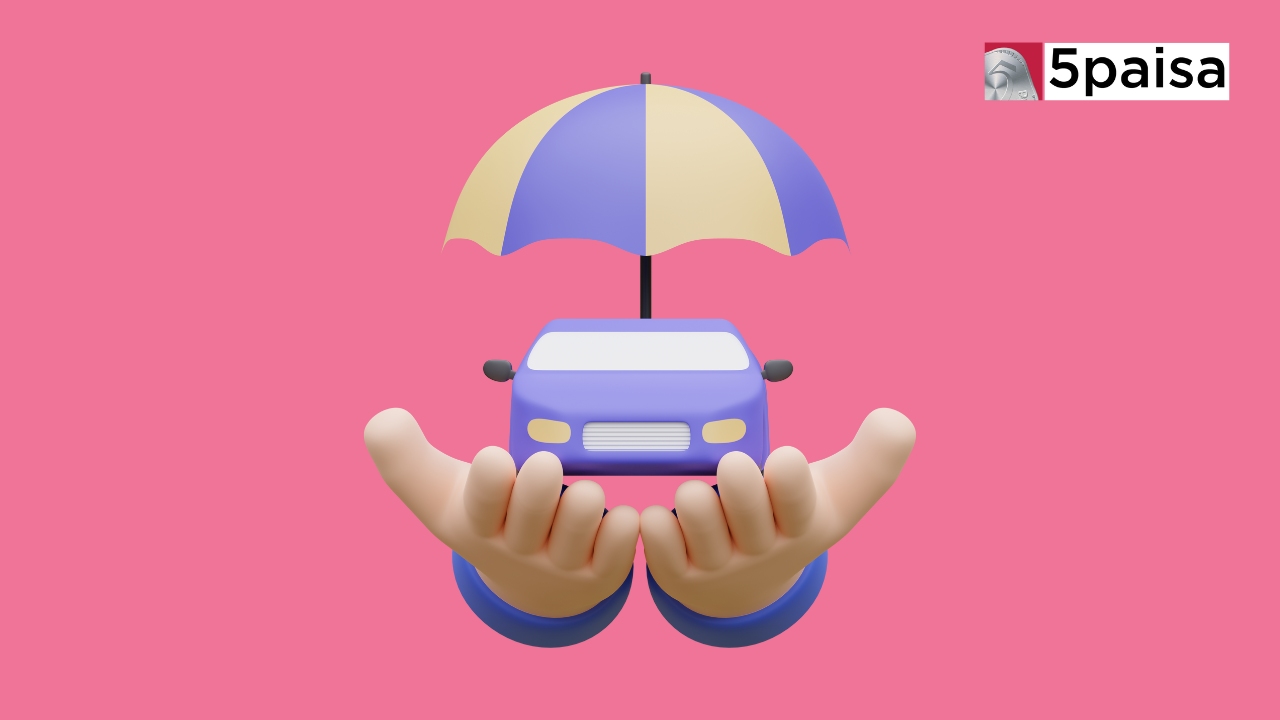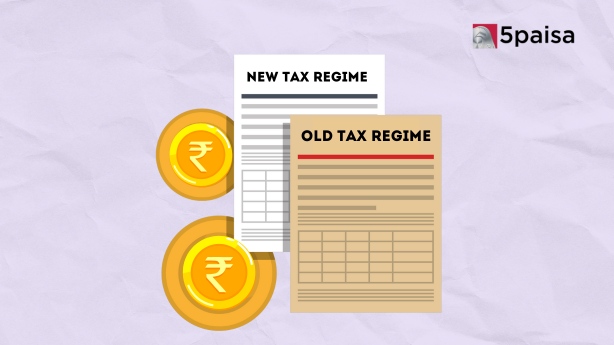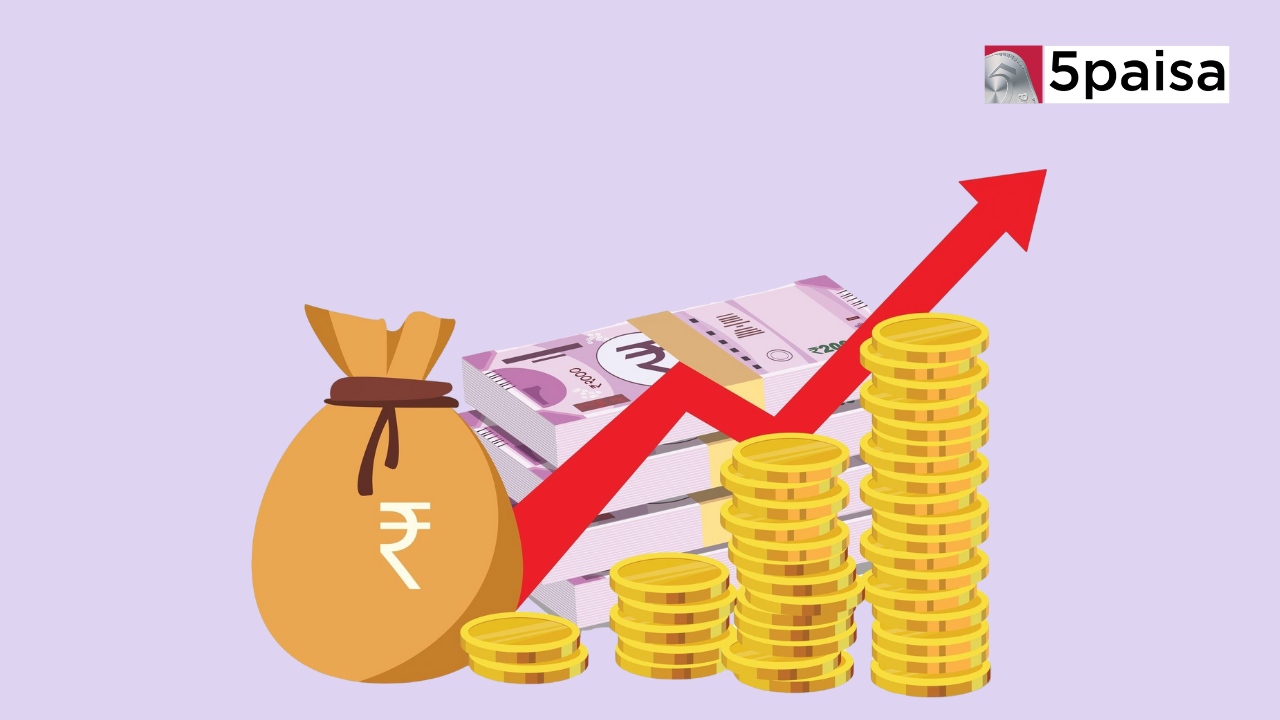3 Technologies Disrupting Finance in 2025: AI, Blockchain & Big Data Revolution
How to Claim Car Insurance for Own Damage?

Owning a car comes with various responsibilities, including protecting it from potential damage. One way to ensure financial security in case of an unfortunate event is to purchase an own-damage car insurance policy.
What Is an Own-Damage Car Insurance Claim?
A damage car insurance claim is a process where you seek compensation from your insurer for the damages or losses incurred to your insured vehicle. This coverage is typically provided under a comprehensive car insurance policy or a standalone own-damage insurance plan. It covers various scenarios, including natural calamities, man-made disasters, accidents, theft, etc.
Different Types of Claim Settlements
When filing an own-damage car insurance claim, you can choose between two types of claim settlements:
● Cashless Claim Settlement: With this option, you can get your car fixed at a garage approved by your insurance company. The process is cashless because the insurance company pays the garage directly. You are only required to pay the compulsory or voluntary deductibles, if applicable, per the policy terms.
● Reimbursement Claim Settlement: In this case, you get your car repaired at a non-network garage of your choice and share the repair bill with the insurer to get reimbursement. You pay for the repair costs upfront, and the insurer reimburses you after deducting the applicable deductibles.
Benefits of Own Damage Car Insurance Policy
Opting for an own-damage car insurance policy can provide several benefits, including:
● Financial Backup: In case of damage, theft, or total loss of your vehicle, the policy provides financial compensation, helping you mitigate the financial burden.
● Wider Coverage: Own-damage insurance covers a broader range of damages than third-party liability insurance, which only covers damages to other people's property and injuries.
● No-Fault Coverage: Regardless of who is at fault in an accident, your damage insurance covers your vehicle's damages.
● Add-Ons: You can enhance your policy's coverage by purchasing additional add-ons, such as zero depreciation cover, engine protection cover, and more.
● Cost-Effective: Instead of buying long-term comprehensive car insurance, you can opt for a standalone own-damage policy to get third-party and own-damage coverage.
● Premium Discounts: You may be eligible for discounts on your premium for choosing an own-damage policy, installing safety devices, joining an automobile association, and more.
Documents Required to Claim Car Insurance for Own Damage
To successfully file an own-damage car insurance claim, you will need to provide the following documents:
● Insurance Policy Document
● Police FIR Report (in case of an accident or theft)
● Duly Completed and Signed Claim Form
● Copy of Vehicle Registration Certificate
● Copy of Valid Driver's License
● Repair Cost Estimates
● Original Medical Receipts (in case of bodily injury)
● Original Receipts for Any Additional Expenses Incurred
Factors to Remember While Raising Own-Damage Car Insurance Claims
When filing an own-damage car insurance claim, keep the following points in mind:
● Notify your insurer promptly, usually within 24 hours of the incident, to avoid claim rejection due to delay.
● If required, file an FIR at the nearest police station, especially in cases of accidents or theft.
● Assess the extent of damage and decide whether to file a claim or utilise the No Claim Bonus (NCB) for minor dents or damages.
● Provide accurate information in the claim form, avoiding any false or misleading details that could compromise your claim.
● Follow legal procedures and cooperate with law enforcement agencies in case of an accident.
● Avoid agreeing to a settlement with the third party immediately, which may lead to unnecessary complications.
● Gather all the necessary documents to support your claim.
Conclusion
Claiming car insurance for your damage is straightforward if you follow the prescribed steps and provide the required documentation. By understanding the claim process, types of settlements, and benefits of own damage insurance, you can ensure a hassle-free experience and secure financial protection for your vehicle.
Frequently Asked Questions
How Do I Initiate the Claims Process for Own Damage?
What Factors Determine Whether My Own Damage Claim Will Be Approved?
What Is the Difference Between an Own Damage Claim and a Third-Party Claim?
- Flat ₹20 Brokerage
- Next-gen Trading
- Advance Charting
- Actionable Ideas
Trending on 5paisa
Personal Finance Related Articles
Disclaimer: Investment in securities market are subject to market risks, read all the related documents carefully before investing. For detailed disclaimer please Click here.

 5paisa Research Team
5paisa Research Team
 Sachin Gupta
Sachin Gupta




